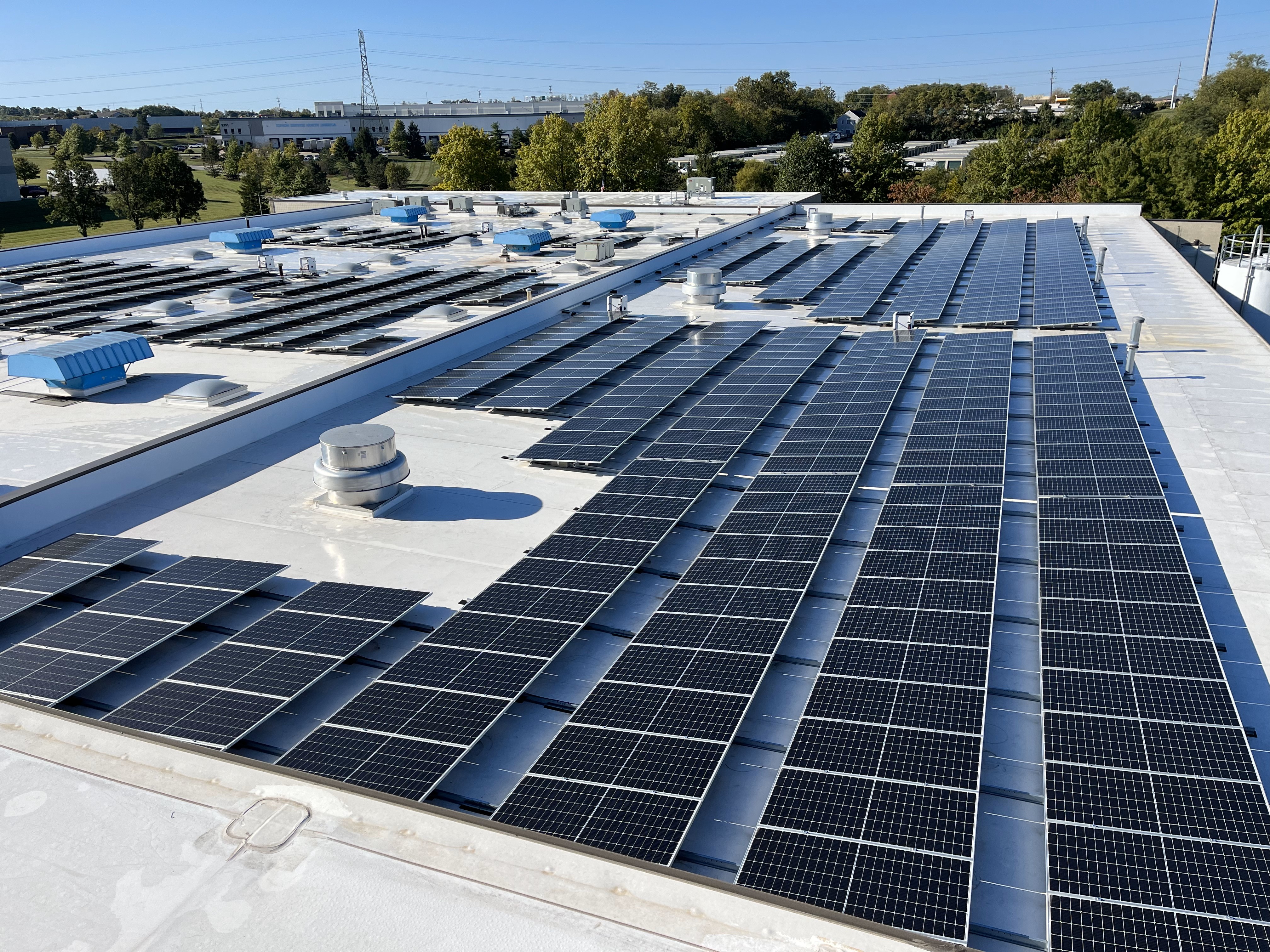
Last Updated on August 19, 2025 by Anne Brock
Dependable Energy Rates
How can you plan for dependable, low-cost energy expense? The one sure way is to produce your own lowest-cost power on-site with abundant and free energy from the sun. Without your own energy production, you can be sure to count on cost increases in grid utility rates in future years. The past two years (2023 and 2024) have brought nearly a 5% increase annually in energy rates for local utility companies within the Tennessee Valley Authority (TVA) region. While this region has been blessed with competitively low electricity compared to the rest of the country, rates are still on an uphill trajectory. Deloitte predicts wholesale electricity prices will rise 19% by 2028.
Energy Demand Up, Costs Rising
It takes energy to run your facility. Chances are, you could use a hedge against higher utility bill rates. Increased demand, shifting policy and market forces are pushing that expense upward, not down. Higher natural gas prices and resources needed for longer-term advanced nuclear are pushing grid energy costs up. Increased demand for computing power called artificial intelligence (AI) is adding to demand, and the cycle is accelerating.
Who is estimating this rise in rates? Here’s a look at just a few of those sources:
Energy Information Administration, Energy Innovation, Resources for the Future, Tableau Public, Berkeley Lab, Deloitte, Group Energy, Landgate
Take Back the Power with Distributed Energy
You can take back the power to have reasonably predictable energy costs through your own distributed solar energy on site. Baseload solar systems can offset a portion of your energy costs each month. However, shifting federal policies are narrowing your window to take advantage of clean energy tax incentives. Who needs the instability of fluctuating electricity prices?
How can you take back control of your growing electric bill to better manage your bottom line when prevailing forces are making it harder to stay in business? Stabilize and predict the cost of energy you can produce on site. This distributed generation is possible with a solar photovoltaic system you own and operate on excess space you already have on your rooftop. A baseload system does not require any system upgrades, and it is not for backup power or peak shaving. It is simply an asset that starts curbing the amount of grid-tied electricity you must pay for each month.
Want to Invest in Energy Independence?
Want to declare your independence from power grid failures and unpredictability? Solar pairs well with energy storage systems to store excess production in batteries, enabling use of that stored electricity at night or in other times of need. PV with battery storage is a commercially available technology system proven to reduce strain on the outdated power grid while adding ability to reduce reliance on that grid.
Solar + storage can be a hedge against weather extremes, while these systems are built to withstand much of those climate conditions.
A decade of National Weather Service climate data shows how a PV system is predicted to operate over all seasons of the year. This data contributes to a conservative model showing how much production is possible. Modules are rated for survival during hail and wind conditions. Total system production is a conservative estimate of what is possible within a Typical Meteorological Year or TMY.
Clean Air & Sustainability
Does your business hail from outside the United States and already have a sustainability mandate? We can help you take back the power needed to run your US facilities through smart, renewable energy solutions that still make dollars and sense!
Ask us how to get started today.
Call our sales team at 865-888-6055.
